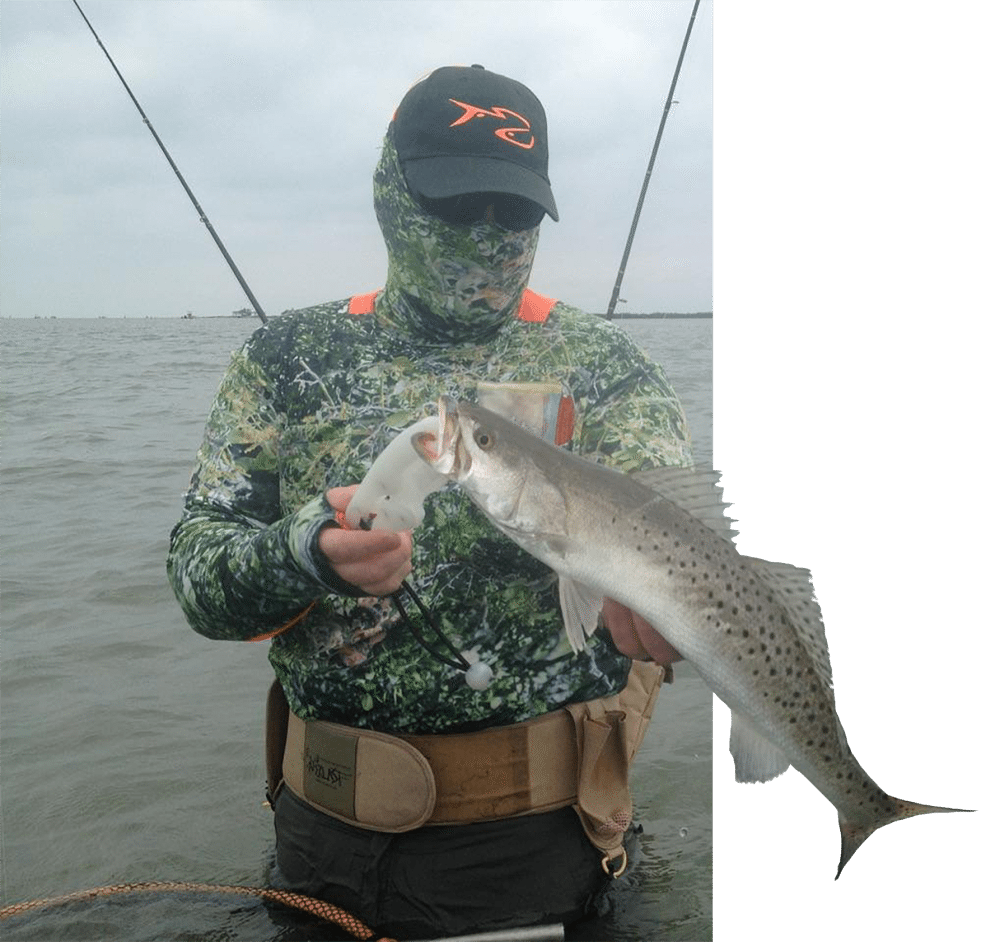
It’s March and, at the time of this writing, the Atlantic Coast has been bridled by extreme cold and snow, and the Gulf Coast is enjoying the unseasonably warm weather. Florida is caught somewhere in the middle. Even with the current conditions, at some point, the fish will begin transitioning toward their spring locations. The Spring Transition—while multi-syllabic, is a four-letter word! It even challenges many pro-level anglers.
First of all, what’s happening that causes the fish to move during the spring? Several variables are at play and may even cause dynamic situations when working against each other, or working with each other. Let’s talk about the biggest variable for the fish… FOOD. Their food source is changing quickly at this time. The last of the winter forage is dwindling, and now the trout and reds are ready to move to look for other larger mass forage sources.
Compounding this is the fact that the water column is beginning to warm even though surface air temperatures fluctuate. Similar to your truck cab on a warm spring day, the water column can warm and hold heat with the shifting sun angle despite the chill in the air. With this, the fish can spread out. Spring water conditions are perfect for fish to spread out far and wide to find food. The water temperature is still cool enough to hold maximum oxygen levels in all water depths and yet warm enough for them to no longer need the deep water for refuge. They can roam and look for food all while heading toward the areas where the next large forage mass will come from.
At the same time that these warming conditions are showing up, the weather is still fluctuating and so are tide and water temperature. Salinity levels could also vary with rainfall. It’s no wonder the fish are hard to find.
Trout and redfish will first look for the spring eel hatch near oyster reefs and quickly move to follow brown shrimp from the wintering grounds as they move across the bay and out. Look for where the small new crop of bait is coming from, and look for small bait. While small, these new mass forage crops are where you are going to find fish. The incoming tide warms; look for structures that receive flows from the incoming tide. The incoming spring tide will also bring a new crop of white shrimp and juvenile menhaden.
Find the bait; find the fish. Is it just that easy? In order to catch them, and this goes without saying, you have to fish the structure that’s holding the fish with the bait on it and know what that looks like during differing weather conditions.
Tobin created TroutSupport.com – 100s of Testimonials, Visual Examples, and Your Personal Resource for Fishing like the Pros.